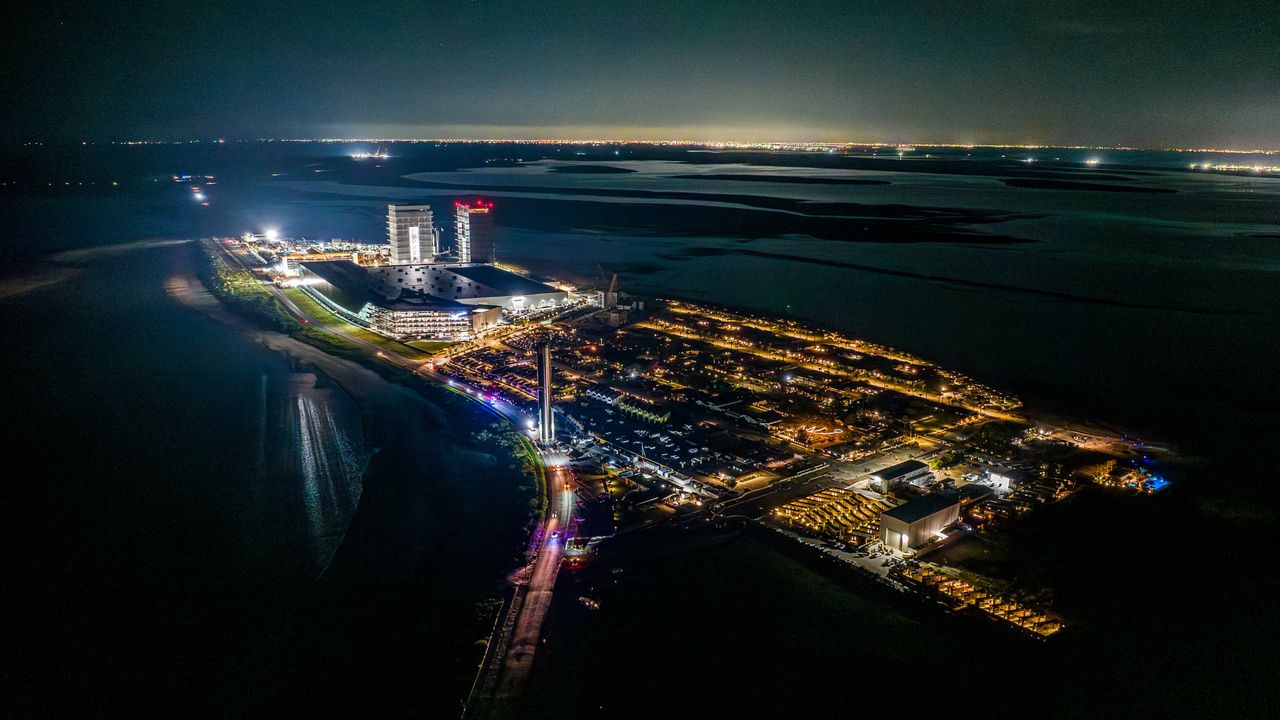Now Reading: Portuguese Legacy in Chennai: From Luz Church to Everyday Words
-
01
Portuguese Legacy in Chennai: From Luz Church to Everyday Words
Portuguese Legacy in Chennai: From Luz Church to Everyday Words

swift Summary
- Between the Chola and Vijayanagar periods, the Madras region had limited overseas visitors, but Portuguese presence grew in the 16th century.
- Trade and ties to St. Thomas’s legend brought Portuguese settlers to Mylapore, where they built San Thome as a colonial hub featuring distinct white (European) and black (local) towns.
- The Portuguese focused on both evangelization and conquest, establishing multiple churches within San Thome fort (e.g., San Thome Basilica, Rosary church) and outside (e.g., Luz [Kattu Koil], Madre de Deus). Many churches retain their historical architecture today.
- The growth of christianity resulted in the diminished prominence of Mylapore’s Kapaleeshwarar Temple due to loss of patronage after requests for intervention by Vijayanagar rulers where ignored.
- By the late 17th century,misadministration caused San Thome’s decline; its fate was sealed when Dutch-Golconda forces reduced it before English acquisition in the 1750s.
- Street names like Nimmo and demonte and also Tamil vernacular derivatives from Portuguese words linger in Chennai today alongside educational institutions linked to Catholic missions.
- Cultural impacts included common words like “istri” for ironing (from estirar) but also extended to abuses such as local slave trading conducted by the Portuguese.
Indian opinion Analysis
The historical legacy of San Thome underscores how diverse external influences have shaped India’s culture over centuries while sparking debates on coexistence between religious communities against shifting political priorities. The integration of European architectural styles with vernacular translations highlights India’s unique ability to absorb foreign elements while lending them local flavor.
Though, this history also surfaces complex moral questions over colonial exploitation-such as forced conversions or slavery-that call attention to evaluating heritage narratives critically without romanticizing them wholly or undermining their contributions entirely. Such introspection proves essential for modern urban identities like Chennai’s given its layering of global legacies with indigenous roots.




















